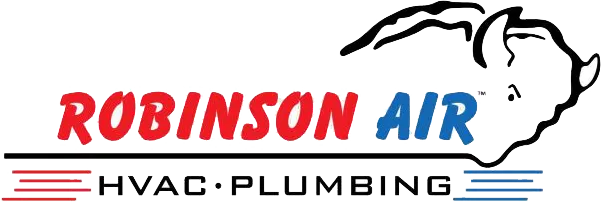Got an old furnace? Enter to win a free upgrade!

Heat Pumps in Texas & Oklahoma: Are They A Viable Option for Your Home?

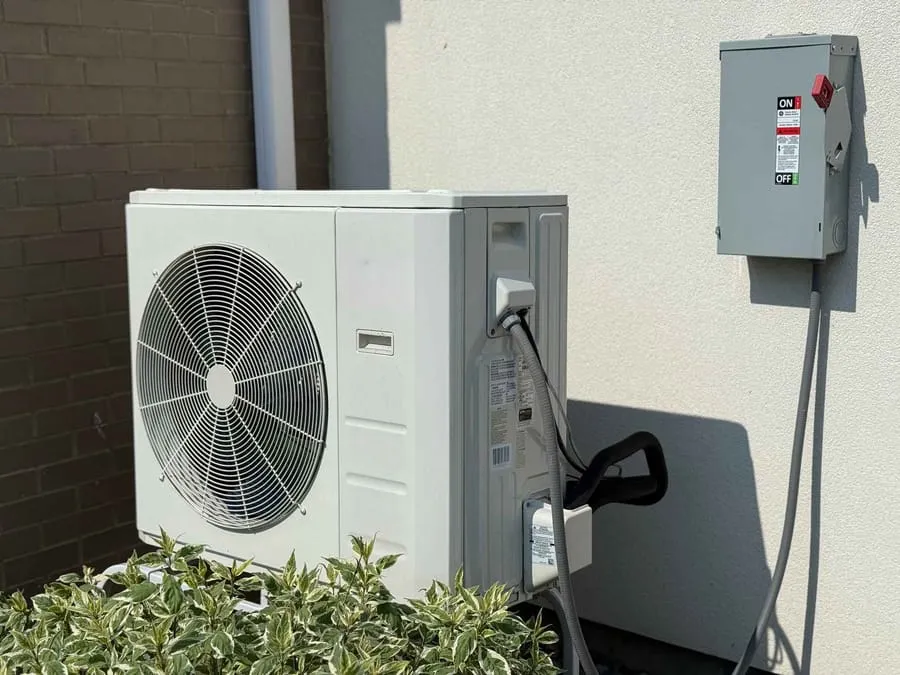
Homeowners across Texas and Oklahoma are looking for ways to reduce energy costs, improve indoor comfort, and choose HVAC systems that perform well in both hot summers and cooler winter seasons. As utility prices rise and new technologies become more accessible, heat pumps have emerged as a promising option for year round heating and cooling in this region.
The climates in Texas and Oklahoma vary widely, from humid Gulf Coast heat to windy plains and colder northern winters. These temperature swings often raise questions about whether heat pumps can keep up with both the intense summer heat and the occasional winter cold snaps that hit this part of the country. Fortunately, modern heat pumps are built with advanced technology designed to work efficiently in a wide range of weather conditions.
This blog takes a closer look at how heat pumps operate, how they perform in the Texas and Oklahoma climate zones, what benefits they offer, and when homeowners may want to consider alternative systems. With the right model and proper installation, heat pumps can be a cost effective and reliable choice for many homes in the region.
Understanding How Heat Pumps Work
Heat pumps operate very differently from traditional heating and cooling systems, yet they perform both functions using a single piece of equipment. Instead of generating heat through fuel combustion or high wattage electric coils, a heat pump moves heat from one place to another. This process is far more efficient and well suited for regions with long cooling seasons and mild to moderate winters.
How Heat Pumps Heat Your Home
During the heating season, a heat pump pulls heat from the outdoor air and transfers it indoors. Even when temperatures feel chilly, there is still enough heat energy available outdoors for the system to extract and distribute throughout your home. Because the system is moving heat instead of creating it, it uses less energy than a traditional electric furnace.
How Heat Pumps Cool Your Home
In summer, a heat pump works just like a high efficiency air conditioner. It removes heat from inside your home and releases it outdoors. This cooling cycle is extremely efficient in hot climates and is one of the reasons heat pumps are becoming increasingly popular in areas like Texas and Oklahoma.
The Role of Refrigerant in Heat Transfer
Heat pumps rely on refrigerant to absorb and release heat. This refrigerant circulates through indoor and outdoor coils, constantly moving heat in or out of the home depending on the season. Modern refrigerants and coil designs are engineered for better performance, even when temperatures fluctuate.
Inverter Technology for Improved Comfort
Many modern heat pumps include inverter driven compressors that adjust output based on demand. Instead of turning on and off frequently, these systems run at variable speeds. This results in:
-
More stable indoor temperatures
-
Lower energy use
-
Quieter operation
-
Better humidity control
These advantages make inverter systems ideal for climates with wide temperature swings.
Why Modern Heat Pumps Outperform Older Models
Today’s heat pumps are more durable, more efficient, and far better suited to temperature extremes compared to older generations. Improvements in refrigerant, coil design, and compressor technology allow them to operate effectively in conditions that older units could not handle.
Climate Considerations in Texas and Oklahoma
Texas and Oklahoma share many similarities in climate, but they also have key differences that affect how well various HVAC systems perform. Heat pumps have become more popular across both states because modern models are designed to handle long cooling seasons, fluctuating temperatures, and occasional winter cold spells. Understanding regional climate patterns helps homeowners determine whether a heat pump is the right fit.
Hot Summers Demand Strong Cooling Performance
Both states experience long, intense summers. Temperatures regularly climb into the high 90s and low 100s, and air conditioners often run for many months of the year. Heat pumps offer excellent cooling efficiency, often outperforming older central AC systems. Their ability to maintain steady temperatures makes them well suited for extended cooling seasons in North Texas, Central Texas, and most areas of Oklahoma.
Mild to Moderate Winters Favor Heat Pump Efficiency
In most parts of Texas and southern to central Oklahoma, winter temperatures stay mild enough for a heat pump to provide reliable and efficient heating. Because heat pumps move heat instead of generating it, they use far less energy than electric resistance heating or older furnaces during these moderate winter conditions.
Cold Snaps in Northern Oklahoma Require Backup Heat
Northern Oklahoma experiences colder winters, with temperatures occasionally dropping below freezing for longer periods. Modern heat pumps still work in cold weather, but homeowners in these areas may benefit from a hybrid dual fuel system that switches to natural gas heat when outdoor temperatures fall very low. This approach ensures comfort and efficiency year round.
Humidity Challenges in Both States
High humidity affects comfort and indoor air quality throughout much of Texas and Oklahoma. Heat pumps with inverter driven compressors offer precise temperature control that helps manage humidity more effectively than many older systems. Better humidity removal means improved comfort without overcooling the home.
Wide Temperature Swings Increase the Need for Efficiency
Both states experience rapid changes in weather, from warm afternoons to cool evenings or sudden cold fronts. Heat pumps respond well to these shifts because they adjust their heating and cooling output more smoothly than traditional HVAC systems.
Advantages of Heat Pumps for Local Homes
Heat pumps offer a wide range of benefits for homeowners in Texas and Oklahoma, especially those looking for energy efficient, reliable year round comfort. Because these systems both heat and cool, they streamline home climate control and often outperform traditional HVAC setups in cost, performance, and environmental impact.
High Energy Efficiency for Both Heating and Cooling
Heat pumps use far less electricity than traditional electric furnaces and older air conditioners. Since they transfer heat instead of creating it, they can deliver up to three times more heating energy than the electricity they consume. In regions with long cooling seasons and mild winters, this efficiency translates into noticeable energy savings.
Lower Utility Bills Compared to Traditional Electric Heat
Homes that currently rely on electric resistance heaters or outdated HVAC systems can see significant reductions in monthly utility bills after switching to a modern heat pump. The high efficiency of heat pumps often pays for itself through long term energy savings.
Improved Indoor Comfort and Humidity Control
Heat pumps maintain more consistent indoor temperatures and do an excellent job managing humidity. Inverter driven systems gently adjust their output rather than turning on and off repeatedly. This leads to:
-
Fewer temperature swings
-
Better moisture removal
-
More balanced comfort throughout the home
This is particularly valuable for humid regions across East Texas and southern Oklahoma.
Environmentally Friendly Operation
Heat pumps operate without burning fuel, which means they produce fewer greenhouse gas emissions compared to gas or oil furnaces. Homeowners who want a more sustainable heating and cooling solution often choose heat pumps for their cleaner, more energy efficient performance.
Dual Function System Reduces Equipment Footprint
Because heat pumps replace both the furnace and the air conditioner, they take up less space and simplify maintenance. Homeowners benefit from:
-
Less equipment to maintain
-
Fewer repair points
-
A more streamlined system design
This can be a major advantage in homes with limited space for HVAC components.
When Heat Pumps May Not Be Ideal
While heat pumps work extremely well for many homes in Texas and Oklahoma, there are situations where they may not be the best choice. Understanding these limitations helps homeowners choose the right HVAC system for long term comfort and efficiency.
Homes With Poor Insulation or Air Leaks
Heat pumps work most efficiently in homes with good insulation and proper air sealing. If a home has major drafts, thin insulation, or leaking ducts, a heat pump may struggle to maintain comfortable temperatures without running constantly. Improving insulation often solves this issue and makes heat pumps a viable option.
Very Old or Undersized Electrical Systems
Because heat pumps rely entirely on electricity, they need a modern electrical panel capable of supporting the system’s power requirements. Older homes with outdated panels may need electrical upgrades before installation. This is a common challenge in rural areas and older neighborhoods.
Locations With Extended Subfreezing Temperatures
Most of Texas and southern to central Oklahoma stay warm enough for heat pumps to operate efficiently year round. However, northern Oklahoma and parts of the Texas Panhandle experience longer periods of freezing temperatures. In these areas, homeowners may want:
-
A dual fuel heat pump that switches to gas when it gets very cold
-
A backup heat source for extreme weather events
This ensures comfort even during prolonged freezes.
Homes With Complex or Failing Ductwork
If the duct system is undersized, damaged, or poorly installed, a heat pump will not perform at its best. Leaking ducts increase energy usage and reduce comfort. Homeowners with aging or complicated duct systems may need duct repairs or upgrades before switching to a heat pump.
Situations Requiring High Heat Output in Large Homes
Some very large homes or homes with high ceilings may require more heating output than a standard heat pump can comfortably provide. In these cases, zoned systems, multiple units, or hybrid heating setups may be better suited.
Best Heat Pump Types for Texas and Oklahoma
Choosing the right type of heat pump is essential for achieving reliable comfort and long term energy savings in the varied climates of Texas and Oklahoma. Some heat pump models perform better in hot, humid summers, while others are built to handle colder northern winters more effectively. Below are the types most suitable for homeowners in this region.
High Efficiency Air Source Heat Pumps
Air source heat pumps are the most common and practical option for homes across both states. Modern models offer high SEER2 cooling efficiency and strong HSPF2 heating performance. Their improved coil design and advanced refrigerants make them well suited for long cooling seasons and mild to moderate winter conditions.
Inverter Driven Heat Pumps for Better Comfort Control
Inverter heat pumps use variable speed compressors that adjust their output based on real time cooling or heating needs. This results in:
-
More consistent indoor temperatures
-
Fewer temperature swings
-
Lower energy consumption
-
Enhanced humidity control
These benefits are especially valuable in humid regions like East Texas and southern Oklahoma.
Dual Fuel Heat Pumps for Colder Areas
Northern Oklahoma and parts of the Texas Panhandle can experience longer cold periods. A dual fuel system combines an electric heat pump with a gas furnace. The heat pump handles most of the heating, and the gas furnace activates only when outdoor temperatures drop too low for efficient heat pump operation. This setup ensures:
-
Lower energy costs
-
Reliable heating in extreme cold
-
Better long term temperature control
It is the perfect solution for regions where heat pumps alone may struggle during deep freezes.
Ductless Mini Split Heat Pumps
Homes without existing ductwork or those with older, damaged ducts can greatly benefit from ductless mini split systems. These units:
-
Offer efficient zoned heating and cooling
-
Require no ductwork upgrades
-
Provide flexible installation options
-
Are ideal for smaller homes, additions, or multi level spaces
Mini splits are also an excellent option for homes wanting personalized comfort in specific areas.
Recommended SEER2 and HSPF2 Ratings
For optimal performance in Texas and Oklahoma, look for:
-
SEER2 rating of 15 or higher for cooling efficiency
-
HSPF2 rating of 8 or higher for heating efficiency
Higher ratings deliver greater energy savings and more consistent performance throughout the year.
Find the Right Heat Pump Solution for Your Texas or Oklahoma Home
Heat pumps have become a strong HVAC option for many homeowners across Texas and Oklahoma thanks to their high efficiency, excellent cooling performance, and reliable heating during mild to moderate winters. With modern inverter technology, improved cold weather performance, and strong humidity control, today’s heat pumps offer year round comfort that often outperforms older systems.
While heat pumps may not be ideal for every home, especially those with poor insulation or extreme winter temperatures, the right system matched to the right property can deliver impressive long term savings. Whether you are considering a high efficiency air source unit, a dual fuel system, or a ductless solution, a professional evaluation ensures the best performance for your climate and home layout.
If you are ready to explore whether a heat pump is the right choice for your home, the experts at Robinson Air are here to help. Our team specializes in HVAC solutions tailored to Texas and Oklahoma’s diverse climates. Contact us today to schedule an in home consultation and learn which heat pump system will deliver the comfort and efficiency you need.
Recent News

Plumbing in Southwestern OK: Avoiding Slab Leaks, Hard Water Damage & Sewer Problems
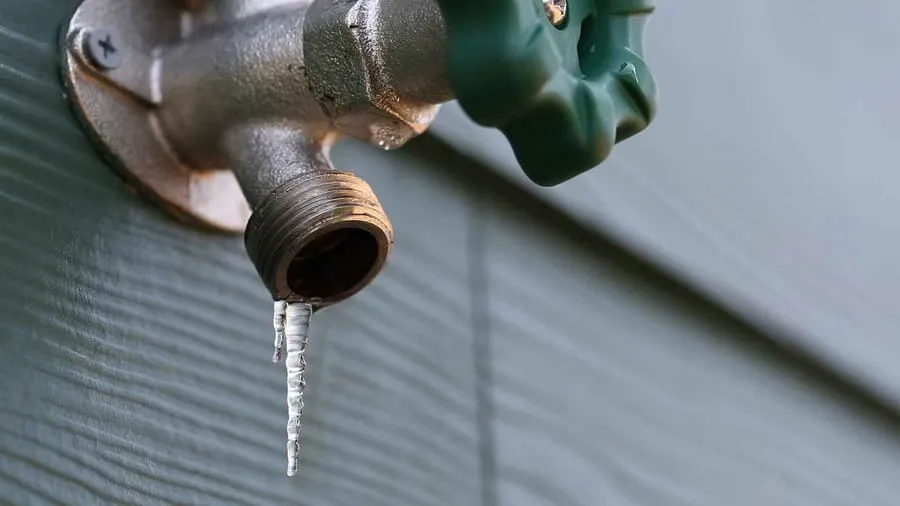
The Complete Guide to Winterizing Your Plumbing in Oklahoma: Prevent Frozen Pipes and Costly Repairs
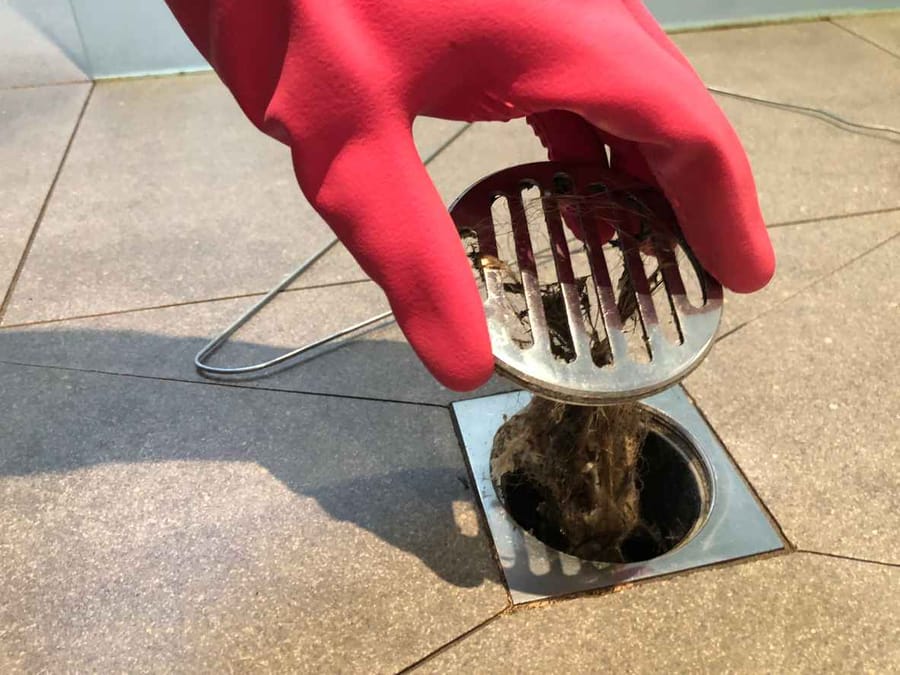
Mastering Drain Maintenance for Oklahoma: Proactive Strategies to Prevent Clogs, Backups, and Odors
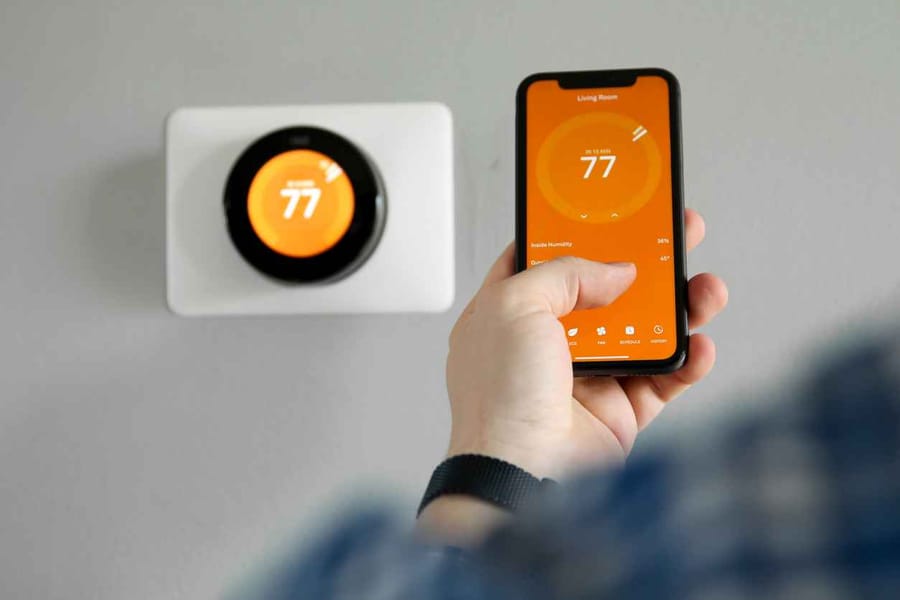
How Smart HVAC Technology Is Revolutionizing Home Climate Control: Benefits, Installation, and Maintenance
Get in Touch
